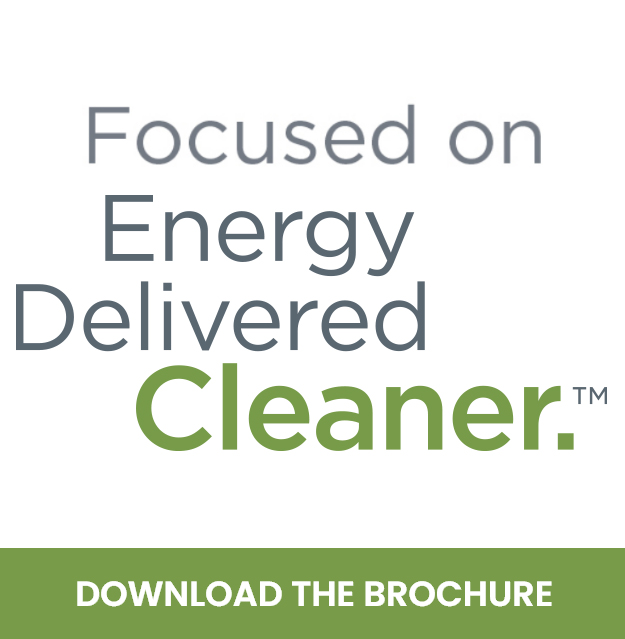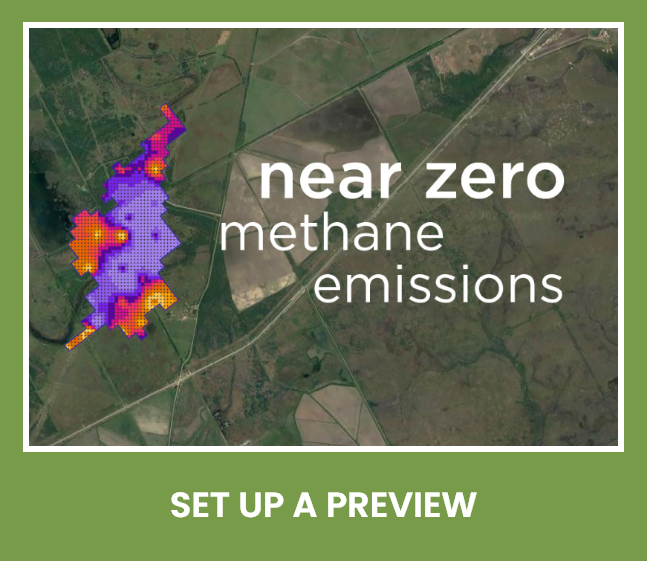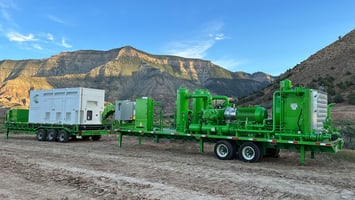Key Takeaways Clean Recompression is revolutionizing the natural gas sector with innovative...
Key Takeaways
- The passing of the Inflation Reduction Act (IRA) has introduced new methane emission regulations, requiring facilities emitting over 25,000 metric tons of CO2 equivalent (CO2e) annually to report their emissions and pay a “methane charge if they surpass their “waste emissions threshold.”
- Clean Recompression offers new technology designed to significantly reduce methane and CO2 emissions.
- By using Clean Recompression's technology, pipeline operators can avoid significant methane charges, reduce their environmental impact, and contribute to a more sustainable energy industry.
- Clean Recompression's solutions align with the broader goals of the energy industry and global efforts to reduce greenhouse gas emissions.
Decoding New Methane Emission Regulations
The addition of Section 136 to the Clean Air Act has far-reaching implications for the oil and gas industry. Operators of facilities that produce and transport natural gas emitting over 25,000 metric tons of carbon dioxide equivalent (CO2e) annually must now brace themselves for a methane charge. [i] The charges are exclusively imposed on methane emissions that surpass an operator’s calculated "waste threshold," which is tailored to each industry segment. For example, facilities that produce petroleum and natural gas are charged on each metric ton released exceeding “(a) 0.20 percent of the natural gas sent to sale from such facility; or (b) 10 metric tons of methane per million barrels of oil sent to sale from such facility, if such facility sent no natural gas to sale.” [ii] For nonproduction natural gas transmission operators, the threshold is set even lower at “0.11 percent of natural gas sent to sale from or through such facility.” [iii]
How much is the charge going to be? Beginning in 2024, $900 per metric ton of methane released over the applicable annual waste threshold. In 2025, the charge will increase to $1,200 per ton, and in 2026, and each year thereafter, the charge will increase to $1,500 per ton.
Understanding these transformative changes and their wide-ranging implications will be key to avoiding these new penalties.
Clean Recompression's Role in Mitigating Methane Emissions
Clean Recompression exists to help pipeline operators eliminate controlled methane and CO2 emissions during regularly occurring pipeline work, including maintenance, repairs, and integrity inspections. Historically, the process to remove natural gas out of an isolated segment of pipeline to perform this work has been to “blow down” or vent the natural gas into the atmosphere. In later years, flaring has become a widely used option to eliminate methane emissions, however this process still produces a significant amount of CO2.
Clean Recompression offers an innovative mobile methane recovery technology which greatly benefits companies to reduce their carbon footprint and reduce the impact of these new regulations. Their solution is engineered to substantially decrease companies’ scope 1 and scope 3 emissions while operating their pipeline systems, aligning seamlessly with the overarching energy industry’s goal of becoming carbon neutral. As an industry innovator, Clean Recompression brings unrivaled technology to provide clients with the most advanced, reliable, and efficient solution.
Mission
Clean Recompression is focused on delivering energy cleaner. This mission supports pipeline operators in meeting their ESG goals by eliminating controlled methane emissions with innovative equipment and technology.
Vision
Our vision is to be the industry choice for recompression services nationwide. We will accomplish this with superior service, safe operations, and an attractive value proposition.
[i] 40 C.F.R. § 98.231 (Subpart W reporting thresholds).
[ii] Clean Air Act § 136(f)( 1 ).
[iii] Clean Air Act§ 136(f)(3)







Blog comments